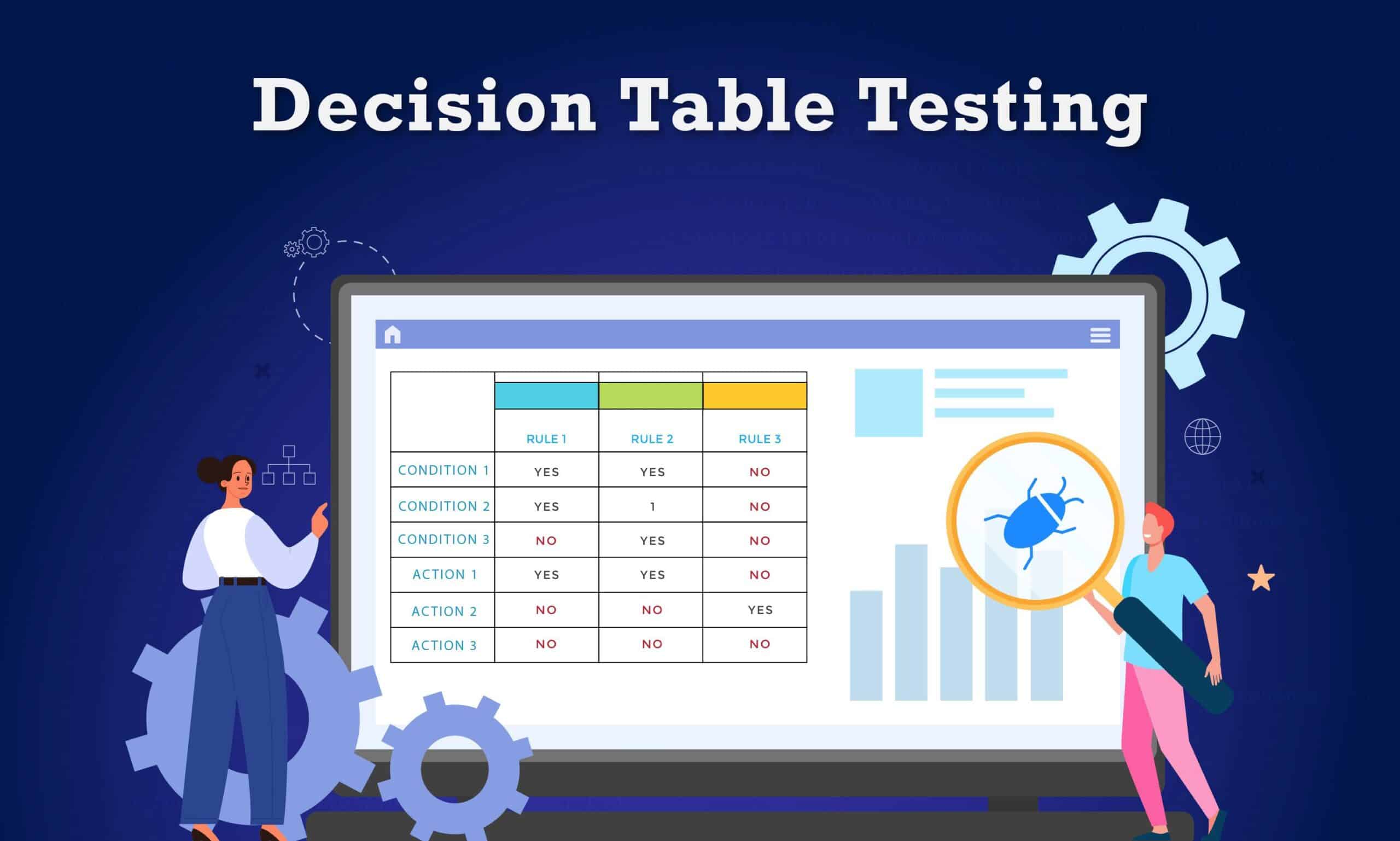SDET Unicorns
Blogs
Dive into our curated blogs and tutorials, your gateway to mastering in-demand tech skills. Stay ahead of trends and propel your career with our insightful content.
Subscribe to my Youtube Channel and Stay Updated with the Latest Trends.
Recent Blogs
- May 27, 2024
- [wpbread]
Software testing plays a crucial role in the software development life cycle as it helps ensure the quality, reliability, and performance of the final product....
- May 11, 2024
- [wpbread]
Software development is far from a simple journey that involves merely executing code and launching applications. It often presents challenges, as it's rare to get...
- April 29, 2024
- [wpbread]
Use case testing plays an important role in verifying the functionality and dependability of software systems. Use case testing is a crucial software testing technique...
Unlock the Secrets to Becoming a SDET Pro in the Industry!
Stay ahead of the curve! Join our mailing list for exclusive insights, tips, and the latest industry updates delivered straight to your inbox
Blogs by Categories
All Blogs
Typescript
Web Automation
Javascript
API Testing
WebdriverIO Tutorial
All Blogs
- May 27, 2024
- [wpbread]
Software testing plays a crucial role in the software development life cycle as it helps ensure the quality, reliability, and performance of the final product….
- May 11, 2024
- [wpbread]
Software development is far from a simple journey that involves merely executing code and launching applications. It often presents challenges, as it’s rare to get…
- April 29, 2024
- [wpbread]
Use case testing plays an important role in verifying the functionality and dependability of software systems. Use case testing is a crucial software testing technique…
- March 11, 2024
- [wpbread]
Dealing with bugs is one of the biggest headaches in the software development lifecycle. No matter how carefully someone writes code, it’s impossible to create…
- February 26, 2024
- [wpbread]
Understanding how to use the “Inspect Element” feature in Chrome is a critical skill for web developers and designers alike. This tool is indispensable, no…
- January 8, 2024
- [wpbread]
Software testing is an interesting field encompassing various methods and techniques used to evaluate the functionality, quality, and reliability of software applications. Decision table testing…
Typescript
- July 5, 2023
- [wpbread]
In this blog post, I’ll take you on my journey from feeling overwhelmed and underprepared by APIs to mastering API test automation. I’ll share the…
- December 5, 2022
- [wpbread]
In this video, we will automate the FIFA world cup site using Playwright and Typescript. Let’s do a quick overview on Playwright:…
Web Automation
- March 17, 2021
- [wpbread]
In this post, we will finalize everything by running our tests in Jenkins. We will cover Jenkins & GitHub Integration with the Selenium Python tests…
- March 10, 2021
- [wpbread]
In this post, we will cover how you can setup Cross Browser & Parallel Testing with SeleniumBase just in under 2 mins. SeleniumBase framework comes…
- March 3, 2021
- [wpbread]
In this post, we will go over how we can generate Dashboard and HTML reports with the SeleniumBase framework. SeleniumBase has in-built capabilities to generate…
- February 24, 2021
- [wpbread]
In this post, we will take a look at how we can generate a screenshot of a test failure in Selenium Python so that we…
- February 21, 2021
- [wpbread]
In this post, we will take a look at how to do exception handling using Selenium Python and the SeleniumBase framework. So, before we…
- February 17, 2021
- [wpbread]
In this post, we will learn about the various wait commands available in Selenium Python using the SeleniumBase framework. Using wait commands when doing browser…
Javascript
- January 2, 2023
- [wpbread]
In this tutorial, we will learn how to read a CSV (Comma Separated Values) file in Cypress for data-driven testing with the help of fixture….
API Testing
- August 30, 2023
- [wpbread]
In today’s rapidly evolving technological landscape, Application Programming Interfaces (APIs) play a crucial role in connecting and enabling the smooth flow of data between various…
- July 5, 2023
- [wpbread]
In this blog post, I’ll take you on my journey from feeling overwhelmed and underprepared by APIs to mastering API test automation. I’ll share the…
- March 2, 2023
- [wpbread]
API testing is a crucial aspect of modern software development, and data-driven testing is an effective technique to test APIs with varying input data. Newman…
- February 6, 2023
- [wpbread]
In this blog post, we’ll look at how to use a JSON file in Postman to conduct data-driven testing. This method is useful when testing…
- January 24, 2023
- [wpbread]
Data-driven testing is a powerful technique for automating the testing process with Postman. By using a CSV data file, you can run the same test…
- May 30, 2022
- [wpbread]
In this post, I will cover how to do import or export of Collection & Environment in Postman. Importing or Exporting data such as Collection…
WebdriverIO Tutorial
- August 2, 2023
- [wpbread]
This article delves into the common Chromedriver mismatch issue and guides you on updating your WebdriverIO project for Chrome 115+. Learn how to leverage the…
- June 10, 2021
- [wpbread]
In this post, we will go over some of the important updates related to WebdriverIO Sync mode. We will also cover some of the…
- February 10, 2021
- [wpbread]
WebdriverIO recently came out with v7, in this post, I will quickly go over some of the high-level changes that are part of this release….
- October 5, 2020
- [wpbread]
Automating One Time Password (OTP) is always a bit challenging as you need to work with a third-party service to send/receive messages. Let’s take a…
- August 12, 2020
- [wpbread]
In this post, we’ll take a look at how to get local Jenkins job setup and integrate it with WebdriverIO tests….
- August 5, 2020
- [wpbread]
BrowserStack allows you to easily run tests on multiple devices and OS and takes away the hassle of handling your own infrastructure. With WebdriverIO, you…


























